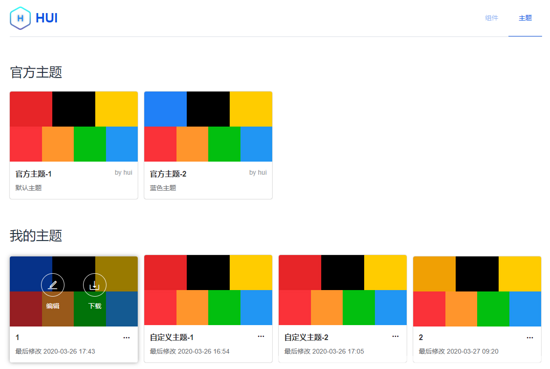PHP tp5中使用原生sql查詢代碼實例
注意事項:
1.先在database.php中配置好數據庫
2.只要是數據庫操作必須引用 use/think/Db;嚴格區分大小寫。
下面是方法:
public function hello5() { //所有查詢必須 use/think/Db; /* 1 配置數據庫 * 2 使用DB 命名空間 * */ /****************tp5中使用原生語句*******************/ //query 用于查詢 其他的用execute// 插入記錄// $result = Db::execute(’insert into sb_ad (ad_name, ad_content ,status) values (1, '456',1)’);// dump($result); // 更新記錄// $result = Db::execute(’update sb_ad set ad_name = 'framework' where ad_id = 1 ’);// dump($result);// 查詢數據// $result = Db::query(’select * from sb_ad where ad_id = 1’);// print_r($result); // 刪除數據// $result = Db::execute(’delete from sb_ad where ad_id = 2 ’);// dump($result); //其它操作 // 顯示數據庫列表// $result = Db::query(’show tables from tpshop1’);// print_r($result);// 清空數據表// $result = Db::execute(’TRUNCATE table sb_ad’);// dump($result); /**************多個數據庫操作************/ //在application/config.php中加入配置 //例子: /* * // 數據庫配置1’db2’ => [ // 數據庫類型 ’type’ => ’mysql’, // 服務器地址 ’hostname’ => ’127.0.0.1’, // 數據庫名 ’database’ => ’tpshop2’, // 數據庫用戶名 ’username’ => ’root’, // 數據庫密碼 ’password’ => ’’, // 數據庫連接端口 ’hostport’ => ’’, // 數據庫連接參數 ’params’ => [], // 數據庫編碼默認采用utf8 ’charset’ => ’utf8’, // 數據庫表前綴 ’prefix’ => ’tp_’,],依次類推 */ //connect為鏈接數據庫// $result = Db::connect(’db2’)->query(’select * from sb_ad where ad_id = 1’);// print_r($result);// $result = Db::connect(’db3’)->query(’select * from sb_ad where ad_id = 1’); // print_r($result); // $db1 = Db::connect(’db1’);獲取數據庫對象// $db2 = Db::connect(’db2’);獲取數據庫對象然后再操作// $db1->query(’select * from sb_ad where ad_id = 1’);// $db2->query(’select * from sb_ad where ad_id = 1’); /*****參數綁定******/// Db::execute(’insert into sb_ad (ad_name, ad_content ,status) values (?, ?, ?)’, [3, ’thinkphp’, 1]);// $result = Db::query(’select * from sb_ad where ad_id = ?’, [3]);// print_r($result); /******命名占位符綁定*****/// Db::execute(’insert into sb_ad (ad_name, ad_content ,status) values (:ad_name, :ad_content, :status)’, [’ad_name’ => 11, ’ad_content’ => ’thinkphp’, ’status’ => 1]);// $result = Db::query(’select * from sb_ad where ad_id=:id’, [’id’ => 10]);// print_r($result);
以上就是本文的全部內容,希望對大家的學習有所幫助,也希望大家多多支持好吧啦網。
相關文章:

 網公網安備
網公網安備